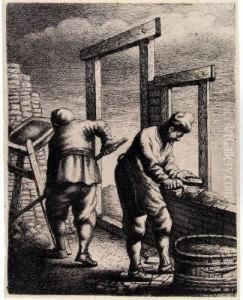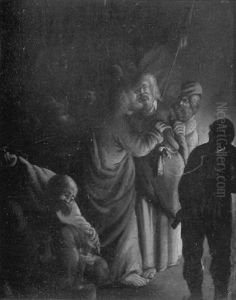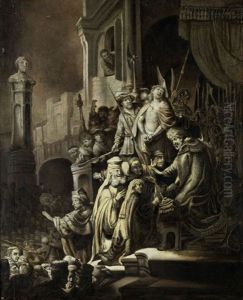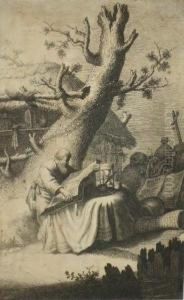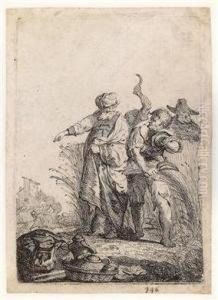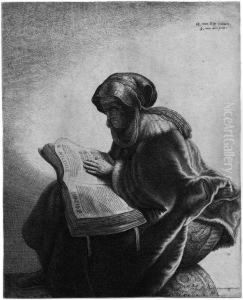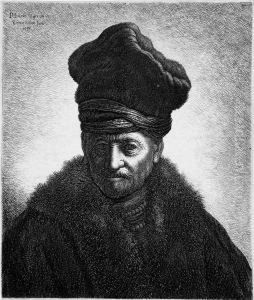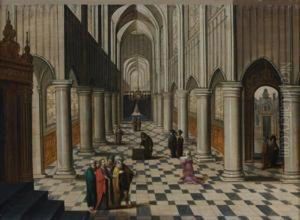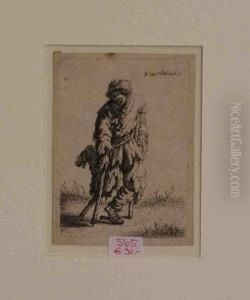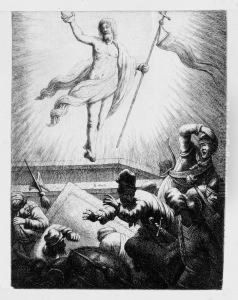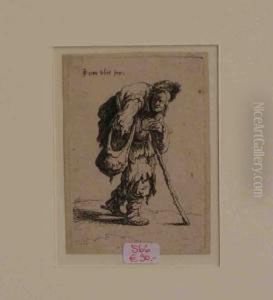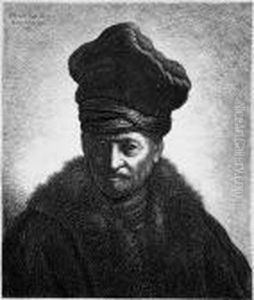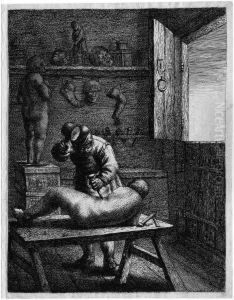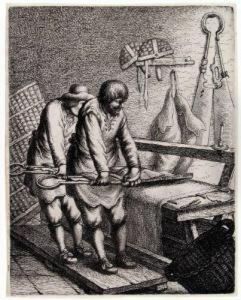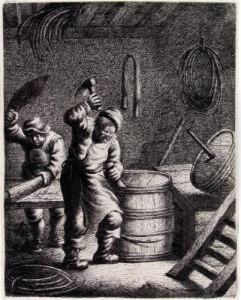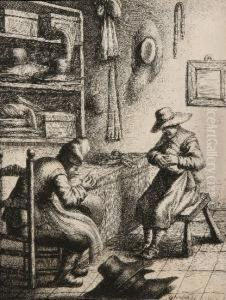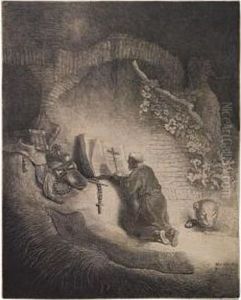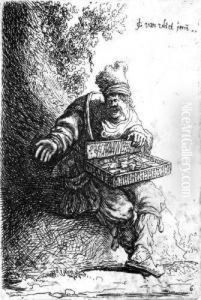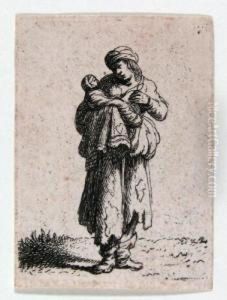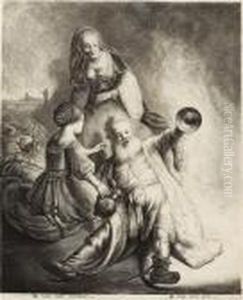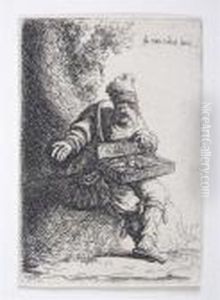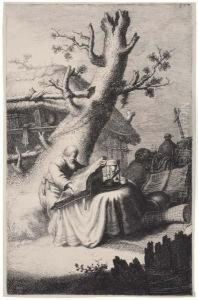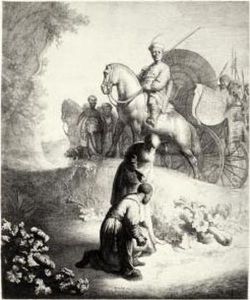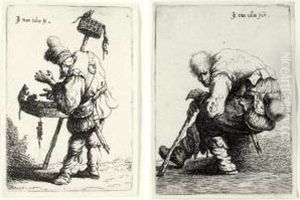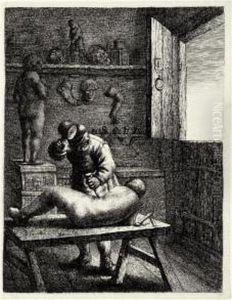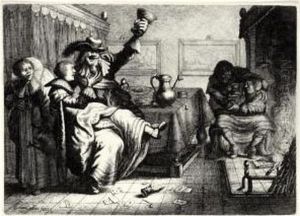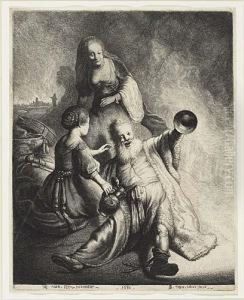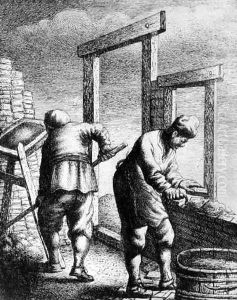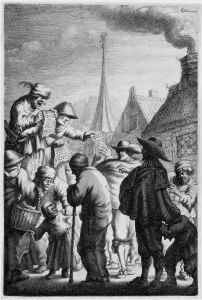Jan Georg van Vliet Paintings
Jan Georg van Vliet was a Dutch Golden Age artist, primarily known for his etchings and engravings. His exact birth and death dates are not well-documented, but he is believed to have been born around 1600 to 1610 and to have died around 1668. Little is known about his early life, but he is thought to have been active in Delft and Leiden.
Van Vliet was closely associated with Rembrandt van Rijn, particularly in the early 1630s. During this time, he produced a series of etchings that closely resemble Rembrandt's style, leading to some confusion among art historians over the authorship of certain works. These etchings include portraits, genre scenes, and biblical subjects, and they exhibit a strong command of chiaroscuro and expressive line work characteristic of the period's etching technique.
One of van Vliet's most notable contributions to art history was his role in disseminating Rembrandt's style. He was one of the first artists to create etchings that copied or were heavily influenced by Rembrandt's work, which helped to spread the master's technique and aesthetic approach. Despite the overshadowing fame of Rembrandt, van Vliet was an accomplished printmaker in his own right, and his works are valued for their quality and historical significance.
Unfortunately, van Vliet's career as an etcher was relatively brief, and he seemed to have stopped producing prints after the 1630s. The reasons for this are unclear, but it may have been due to the changing art market, personal circumstances, or a shift in artistic interests. After this period, there is a lack of information about his activities, and his later life remains obscure. Nevertheless, Jan Georg van Vliet's work remains of interest to scholars and collectors for its close association with Rembrandt and its place in the context of Dutch Golden Age printmaking.
